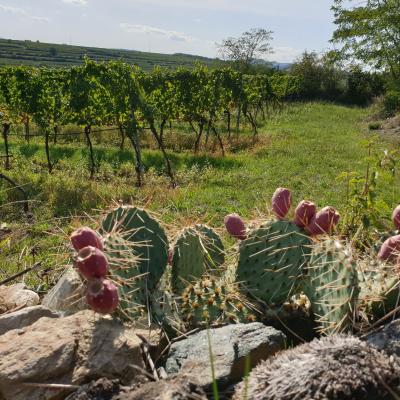

From the Limits of the Possible
Even Riesling, which is actually resistant to – and in fact, predestined for - challenging conditions, must fight on the Steinmassl Erste Lage. The shallow ground cover is able to store little water, which is why the vine roots usually grow deep down to obtain sufficient nutrients. Long dry periods make the efforts of pressing great wines from the Steinmassl a delicate undertaking - every year.
However, if everything develops as we expect, the Steinmassl will deliver Rieslings that are filigree, feminine, mineral-rich and multi-layered, reflecting their terroir in an expressive, concentrated way.
The Soil
Stony, meagre and hard. There’s a reason why everyone talks about the soils of the Steinmassl. The vines growing here – the vineyard is west of Langenlois - are rooted in crystalline rock, specifically Gföhler gneiss, a mixture of orthogneiss and mica schist. There also are inclusions of amphibolites, basalt-based metamorphic rocks. The surface soil layer is shallow in most places, and immediately under it is bare rock.
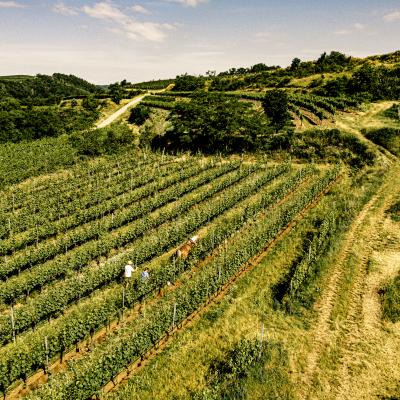
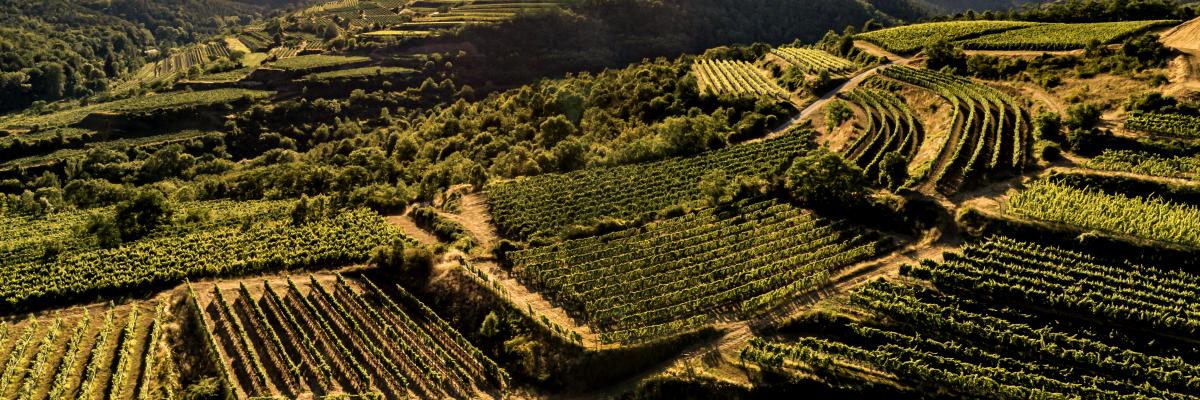
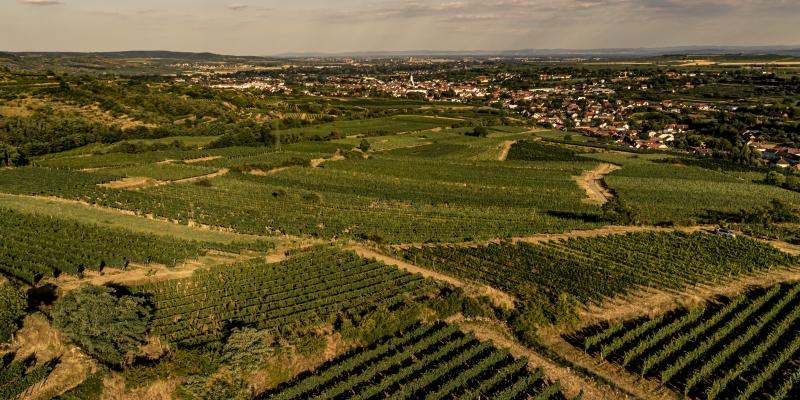
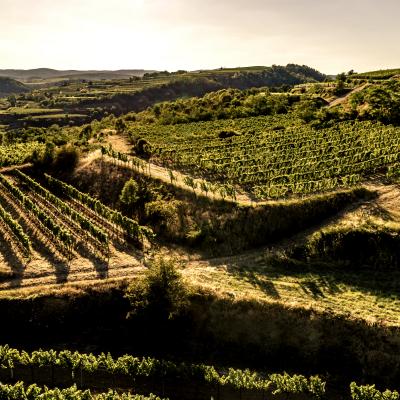
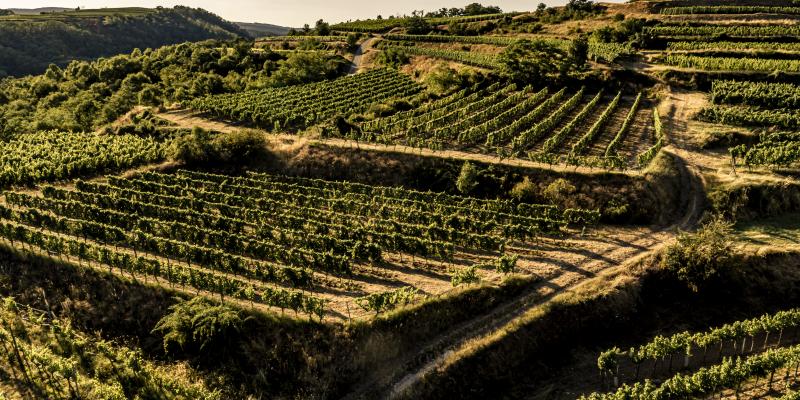

“The Steinmassl will deliver Rieslings that are filigree, feminine, mineral-rich and multi-layered.„
